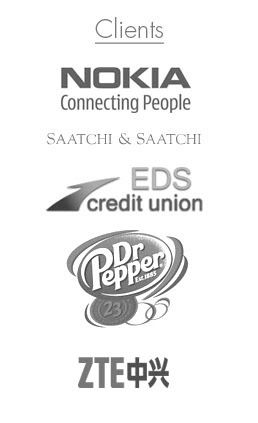
There are two forms of democracy, indirect and direct. The difference between a direct democracy and an indirect democracy is that in an indirect democracy you have people that you elect to represent you and a number of other people who will have somewhat similar interest because of your geographical proximity, and therefore you will have some of the same problems on the local level. Examples of indirect democracy would be alderman, state representatives and your member of the House of Representative. But in a direct democracy every person who is able to vote (because of their vested interest) will vote on every issue that the government deals with, so everyone will be a representative: a representative of themselves. This is an idealistic way of governing in a democracy, but then we consider reality and its truths, a more pragmatic approach emerges. This is to have an indirect democracy due to the fact that the average farmer is not an expert on urban affairs, and has a bias for the agriculture policy. So we must ask ourselves how is social media a direct democracy?
Social media allows everyone who has access to the internet to express their opinions; it is analogous to how when radio first started. There were hundreds of independent local stations in our free market. The ones that were reflective of the ideas of a majority of people within their areas of broadcast, stayed on and got a larger following. Those that reflected the viewpoint of a radical portion of the population went underground or died out. The same is true with websites, RSS Feeds, and blogs. The good ones with time grow and become very popular and those that are poorly designed or have less than common views are ignored. These days instead of changing the dial, you change the web address. But difference is that people have more of a chance to interact and express their opinion than ever before.



No comments:
Post a Comment